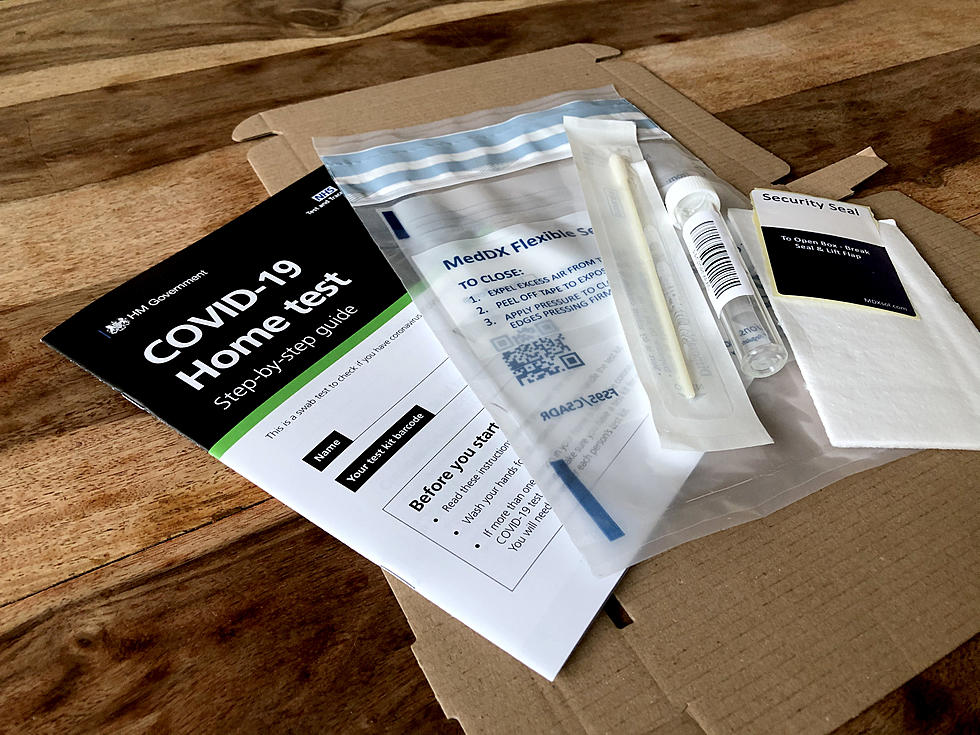
Washington to Spend $2.2 Billion Federal COVID Funds Immediately
Washington Gov. Jay Inslee signed House Bill 1368 today which immediately freed up $2.2 Billion in federal COVID-19 relief to help struggling Washingtonians.
Inslee said, “Our focus this year is relief, recovery and resilience, and this legislation will help us make tremendous progress in all of those areas. Washingtonians have been exemplary in helping limit the spread of COVID-19, but it has not come without its economic and emotional costs." He continued, “The process of getting to a post-pandemic era has already begun, and we will come out of this stronger because of legislation like what I am signing today.”
In December, Inslee asked the Legislature to act early on COVID relief legislation, and the Legislature responded with HB 1368, which addresses a host of needs facing Washingtonians right now.
The bill provides:
- $714 million in assistance for K-12 schools
- $618 million for public health’s response to COVID, including testing, investigation and contact tracing; and funding for vaccination efforts
- $365 million for emergency eviction, rental and utility assistance
- $240 million for business assistance grants
- $50 million for child care
- $26 million for food banks and other food programs
- $91 million for income assistance, including $65 million for relief for the state’s immigrant population

Also, Insurance Commissioner Mike Kreidler has extended emergency orders on coronavirus testing and surprise billing to March 21st. You can read more about that here.
And finally, federal guidance issued in December allows employers to require that their workers get COVID-19 vaccines, and bills to block this mandate have faltered. An in-depth analysis piece can be found here.
LOOK: Answers to 30 common COVID-19 vaccine questions
While much is still unknown about the coronavirus and the future, what is known is that the currently available vaccines have gone through all three trial phases and are safe and effective. It will be necessary for as many Americans as possible to be vaccinated in order to finally return to some level of pre-pandemic normalcy, and hopefully these 30 answers provided here will help readers get vaccinated as soon they are able.
READ ON: See the States Where People Live the Longest
More From 102.7 KORD









